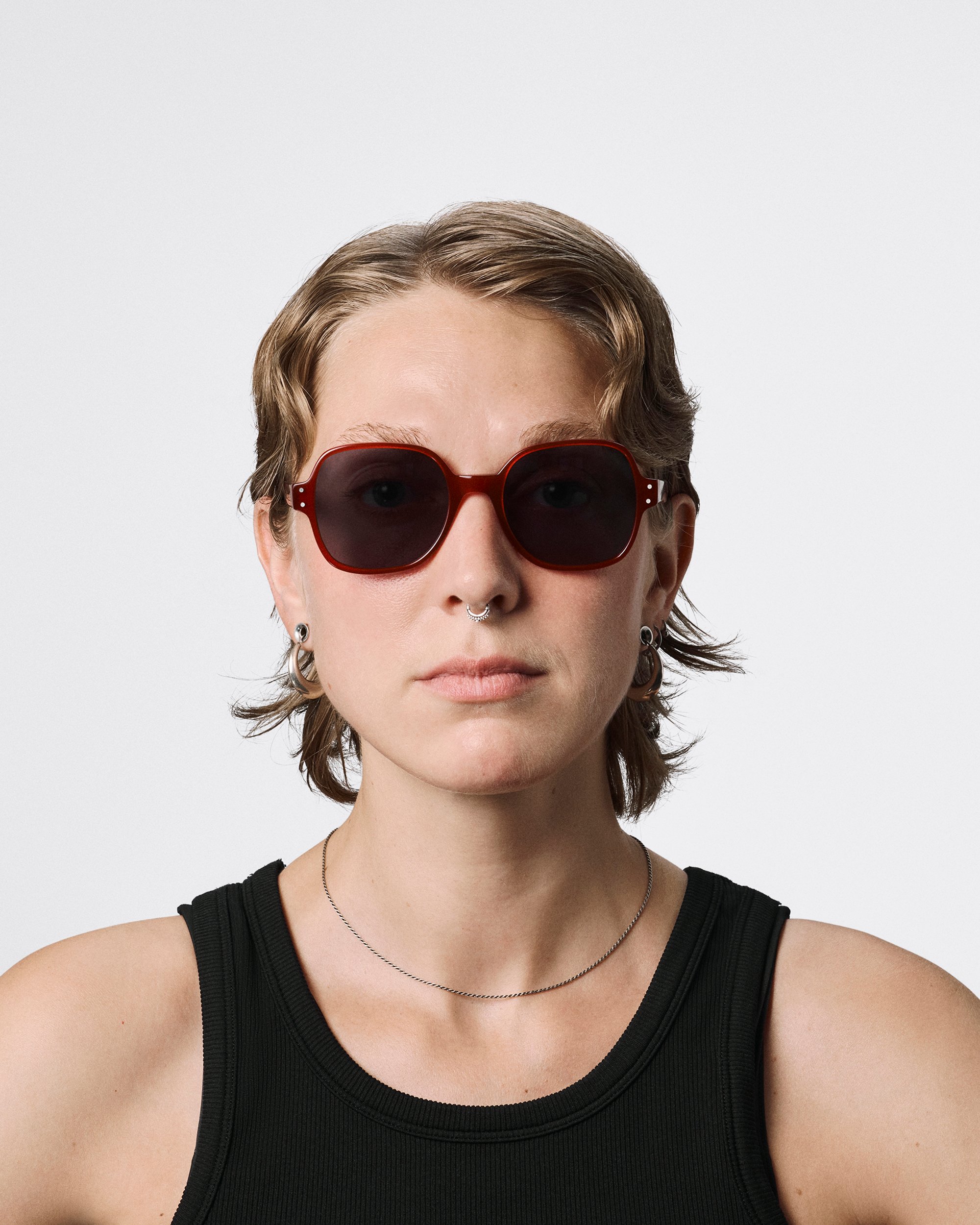Introducing Romilly and Fernsbury

Introducing Romilly and Fernsbury
Written by
Henry Whaley
Photography
Rick Pushinsky
Styling
David Nolan


Ivy style in Japan was characterised by its clean lines, conservative colour palette, and a focus on quality and tradition.














![[Colour: Apricot]](http://cubitts.com/cdn/shop/files/Romilly_Apricot_Front_OPT.jpg?v=1747660574&width=20)

![[Colour: Apricot]](http://cubitts.com/cdn/shop/files/Fernsbury_Apricot_Front_OPT.jpg?v=1747660565&width=20)

![[Colour: Apricot]](http://cubitts.com/cdn/shop/files/Romilly_Apricot_Front_SUN_Brown.jpg?v=1747660569&width=20)

![[Colour: Apricot]](http://cubitts.com/cdn/shop/files/Fernsbury_Apricot_Front_SUN_Brown.jpg?v=1747660560&width=20)
